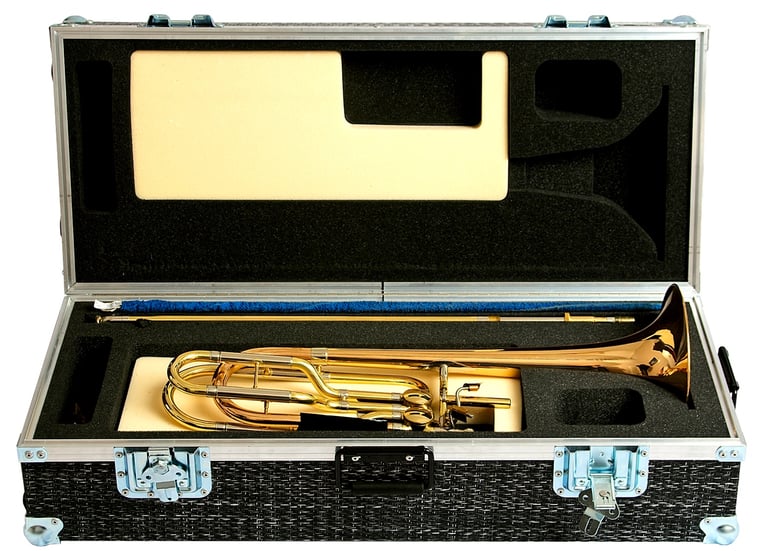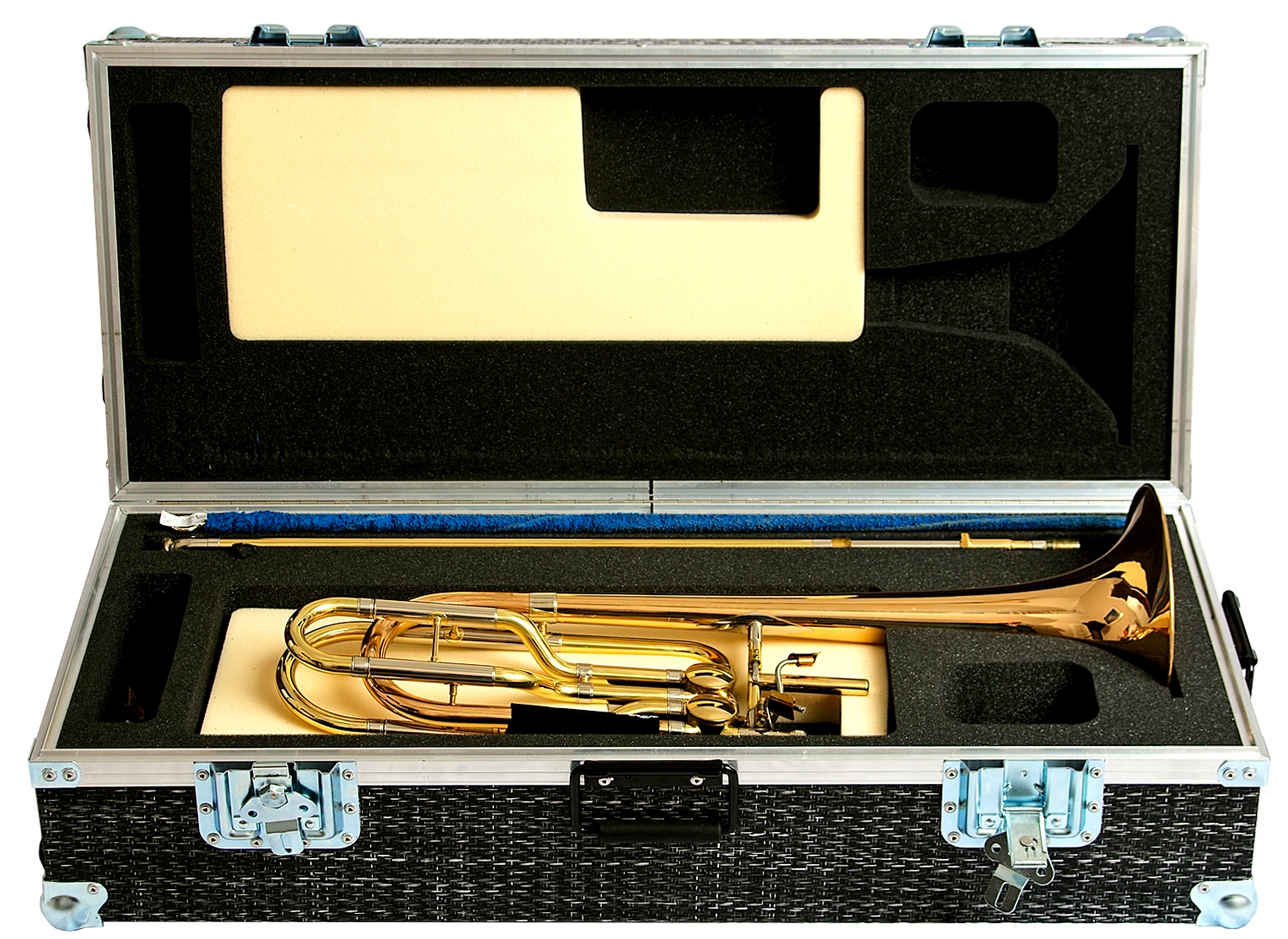Flying with delicate and expensive instruments can be daunting. Handing an instrument over to a TSA agent might mean handing over the source of your livelihood to a complete stranger, who might toss it carelessly into an airplane baggage compartment without a second thought. Here are 9 common mistakes to avoid when traveling on a plane with your instruments.
- You’re arriving “on time” for your flight
If your flight is at 3 PM, you do NOT want to get to the airport at 3. First of all, if you’re driving yourself, you have to find parking. Then there’s locating your specific flight, checking in, and processing your tickets and possibly your passport. And then when you finally get on your plane, you have to compete with the people who have already boarded for carry-on space for your instrument. Delta Air Lines suggests passengers arrive 75 minutes before departure for domestic US flights and 3 hours before departure for international flights. United Airlines has slightly shorter recommendations with 60 minutes before domestic departure if you aren’t checking luggage, 90 minutes before if you are checking luggage, and 2 hours before all international flights. Following the guidelines for your specific airline should help you get through the check-in process in time for your flight and ensure a spot for your carry-on instrument. - You’re checking a small instrument
The Federal Aviation Administration (FAA) Modernization and Reform Act of 2012 allows violins, guitars, and other instruments to be carried onto airplanes as long as they fit in the overhead bins or under the seats. So, why let your instrument out of your possession if you don’t need to? After all, the best person to take care of your instrument is you. - You’re buying tickets without knowing your airline’s boarding policies
That being said, the FAA’s law only protects you if your instrument fits into the overhead carry-on bins or underneath the seats, which are spaces you share with other passengers on a first come-first serve basis. To make sure you are the first to come, you want to be one of the first people to board the plane. To ensure this, check your airline’s boarding policies and purchase the earliest boarding seat available. Seatguru has a nice little list of popular airlines’ boarding policies that you can check out here. - You’re packing your instrument in a soft case
Unless your instrument is so big that hard cases are out of the question, using a soft case on a plane isn’t an optimal option. The FAA only allows instruments to have their own seats (yes, you can strap your guitar into the seat right next you under their recent legislation) as long as they are in hard cases. Even if you opt to store your instrument as a carry-on, there’s no guarantee it won’t move around and bump into something that may damage it if it isn’t in a hard case. And of course, checking your instrument in a soft case is almost unthinkable and would most likely leave you with a broken instrument. - You’re wheeling something you can wear
Even if you’re sure your instrument is small enough to be a carry-on, airline staff may still question your decision not to check it. Wearing your instrument (by using a case with straps, for example) on your person will make it look smaller and help you get onto your plane with less trouble. - You’re assuming your airline knows the law
Were you surprised to read the FAA’s recent legislation? You might encounter airline staff who has never heard of it before either. So, to be safe, you shouldn’t assume that your airline knows about this law and has adapted their procedures to conform to it. Call your airline before you buy a ticket and explain your situation and the FAA legislation to make sure you are all on the same page. On the day of your departure, it wouldn’t hurt to bring a copy of the law with you just in case you run into any trouble. This may seem like overkill, but as they say, luck favors the prepared. - You’re forgetting to loosen your strings
Changing air pressures in an airplane can damage stringed and percussion instruments. Loosen your strings before you pack your instrument away and save yourself the heartache of opening your case to a damaged instrument. You can always re-tune after you land. - You don’t have insurance
Instruments are not cheap; there are some in the brass family that can cost $5,000. After spending that much money, investing in insurance may be a smart move to make sure you’re protected should anything happen to your instrument. - You’re packing things other than your instrument in the same, empty case
No matter how good your case is at protecting your instrument from things outside of it, an empty case cannot protect your instrument from anything hard or sharp inside the case with it. Other items inside an empty case could scratch or dent your instrument. If you want to pack accessories in your instrument’s case, opt for a foam-filled case with separate compartments for everything you want to pack inside instead. In fact, foam-filled hard cases are usually your best bet for ensuring your instrument’s safety in general. Foam will stop the instrument from moving around and becoming dented or damaged.
No musician should travel without a quality case for their instrument. Although we, at Cases by Source, offer various instrument cases (find some here), our TANK cases for brass instruments are designed by musicians, who know exactly what you and your trombone are facing. Coupled with Cases by Source’s RecoCell foam, our TANK cases are the optimal choice for any traveling brass musician.









Leave a Comment